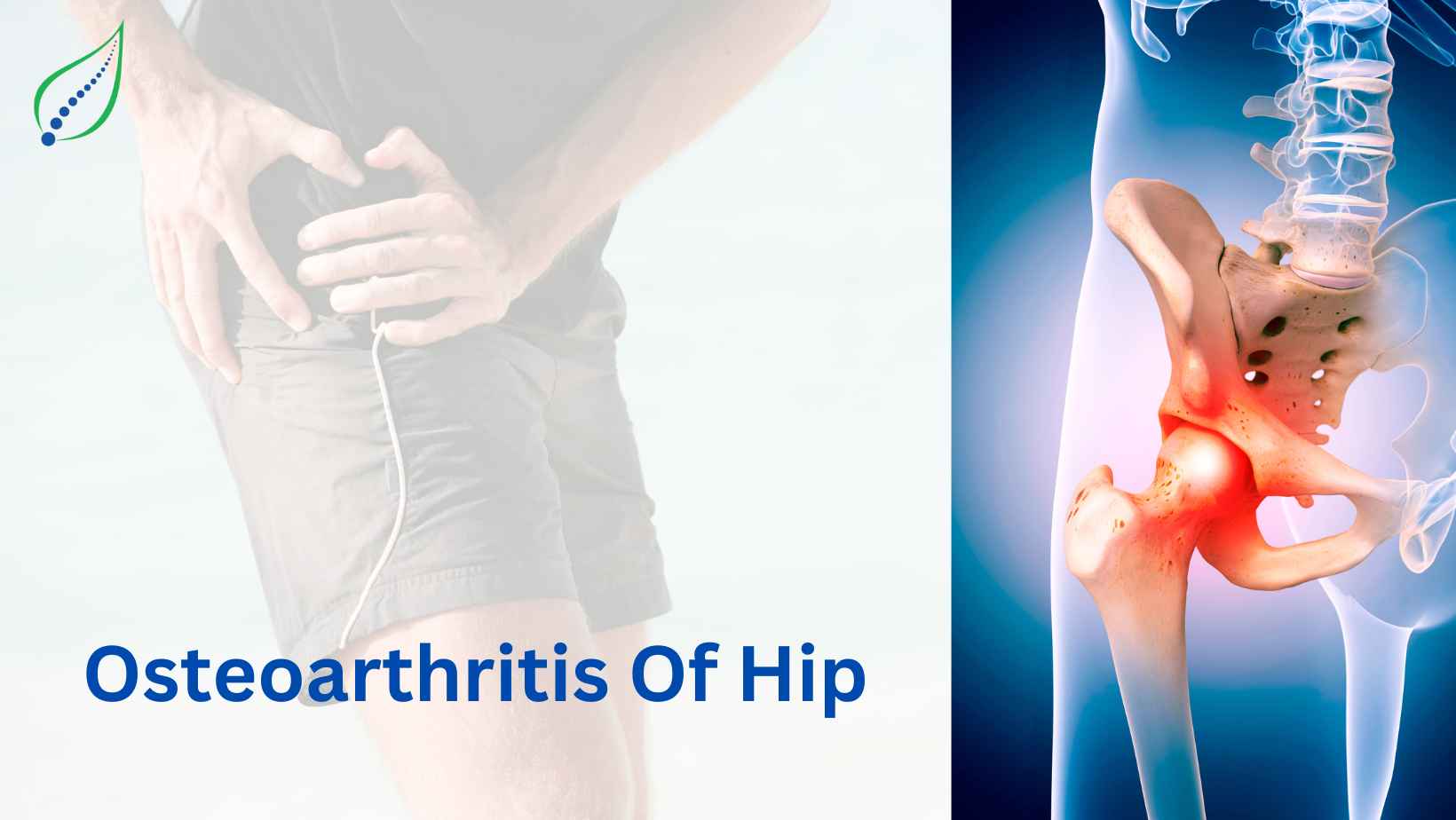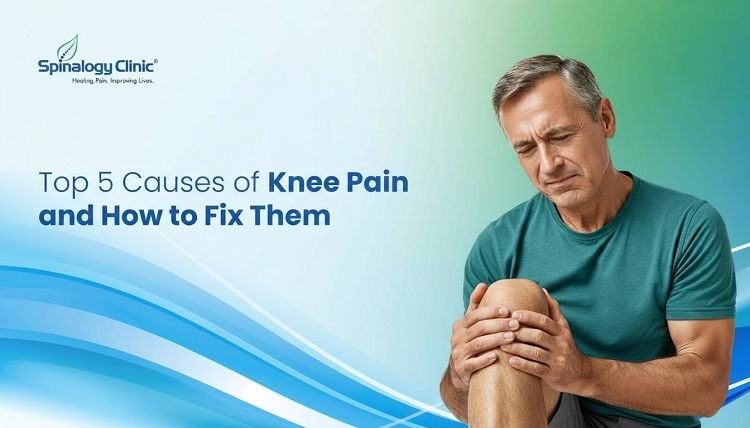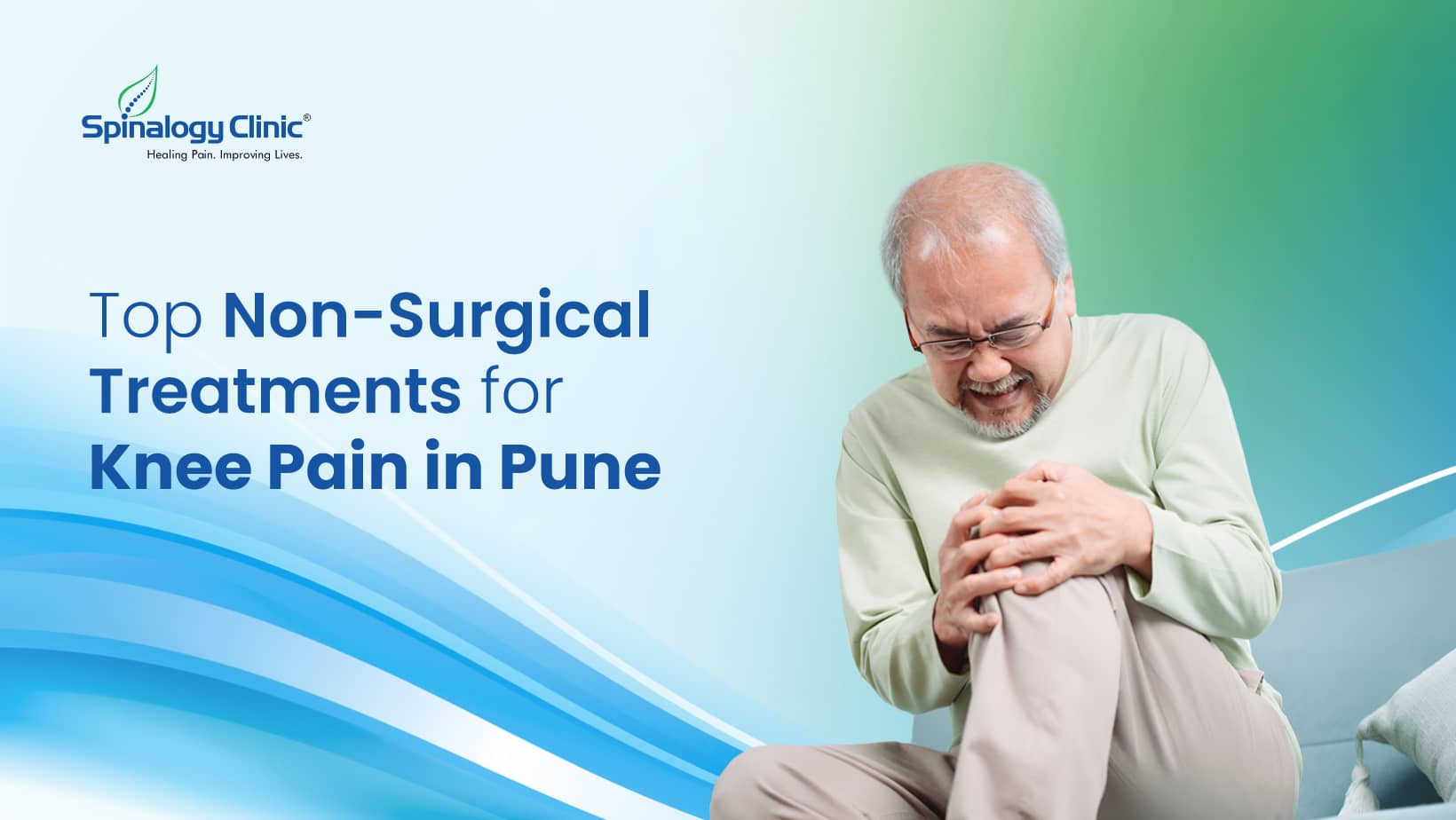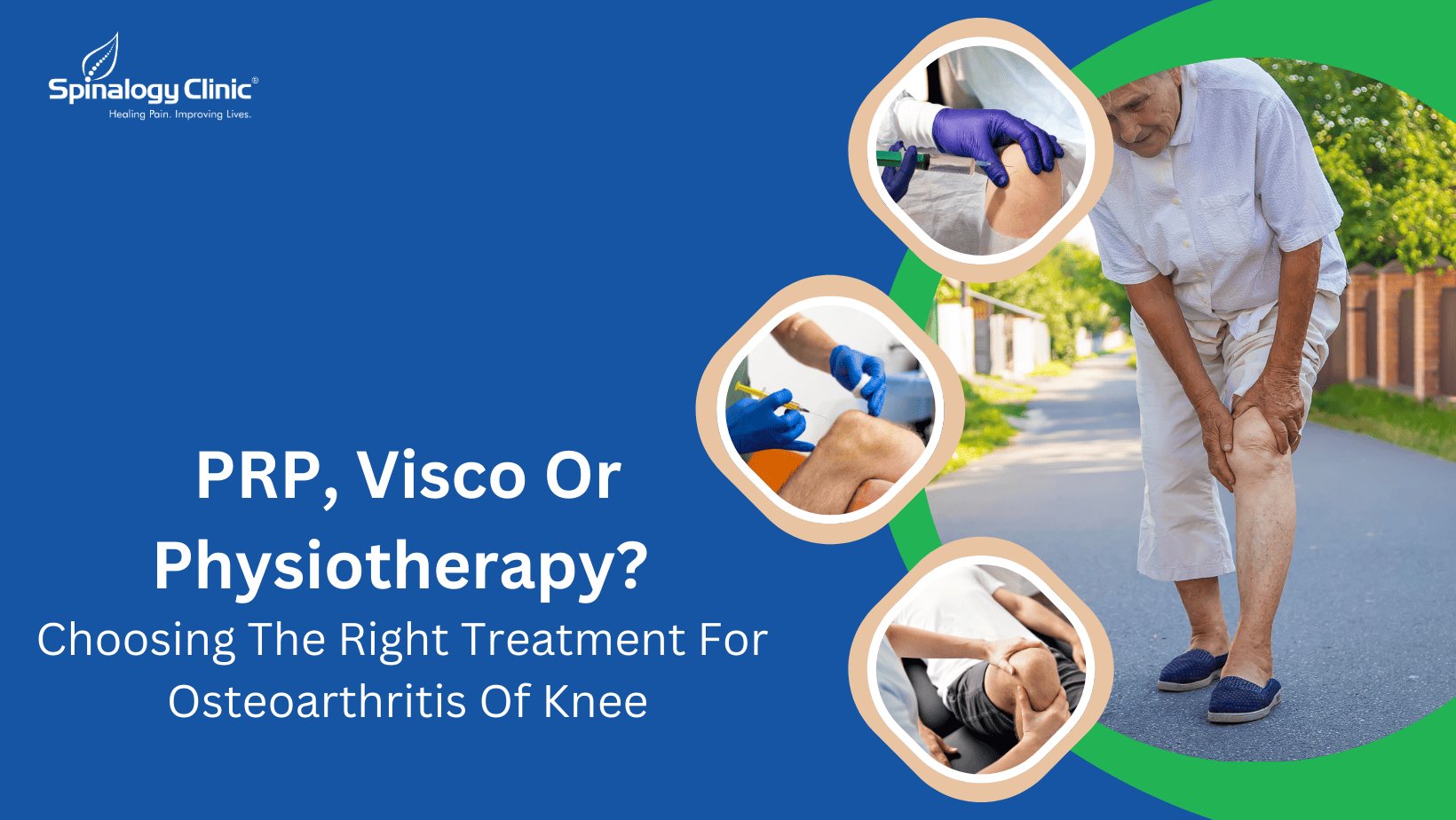Hip Osteoarthritis
Arthritis is a condition in which the joints become inflamed and cause severe pain. It usually occurs in the knees and hips because they bear most of the weight of the body and are more prone to degeneration over time. Osteoarthritis is the most common type of arthritis and involves the deterioration of the cartilage tissue which can either be due to injury or any other trauma to the joint. This cartilage is the shock absorber of the joints and is vital for reducing the friction that gets generated during movement of the body.
Causes
Hip osteoarthritis is a very painful condition and depends on a number of factors including age, obesity, family history, and trauma to the joint. Excessive stress on the hip joint due to obesity or injury can also lead to degeneration of the joints, triggering pain and even hinder with normal walking.
Symptoms
- Joint stiffness is the most common symptom of osteoarthritis and happens after sitting for too long or getting out of bed.
- Swelling and tenderness in the joint.
- Severe pain in the hips, legs, and thighs.
- Decreased mobility affecting day to day activities.
Diagnosis
It is usually diagnosed through an X-ray but as such there are no specific tests to diagnose this condition. The X-ray will show narrowed joints due to cartilage break-down. Your physician will also perform a physical exam and check your past medical records and family history.
Treatment
Since the hip joint is surrounded with muscles it is very important for them to be strong to function properly. Physical therapy focuses on the gluteal muscles, hamstrings, and quadriceps by strengthening them for reducing pain and providing more support. This treatment is usually paired with NSAIDs, hot and cold packs, providing mobility aid and modifying footwear.
NSAID help in reducing the inflammation and also provide pain relief. Hot and cold packs are also great for relieving pain, especially in case of swelling and pain. Stiffness is best treated with a hot pack or a hot shower to relax the muscle and ease the discomfort.
The purpose of mobility aid is to reduce pressure on the hip joint and help in slowly increasing the body’s range of motion. This is the best done through arthritis-equipment such as canes, crutches, and walkers to help the patient in performing their day-to-day activities.
You doctor might inject Platelet rich plasma i.e., the extraction of the plasma and the platelets from the blood of the patient using a centrifuge, into the affected Hip joint. This helps in fast recovery.
Radiofrequency procedures can be done to inhibit or disrupt the pain signals traveling along the sensory nerve around the hip. A special machine called a Radiofrequency machine is used to ablate the nerves at a particular temperature.
Osteoarthritis of the hip is best treated through a change in lifestyle and incorporating physical activities into the daily routine. If you are obese then you should focus on losing weight as overweight people have shown to be more prone to this condition. You can include light exercises and resistance training into your routine and even perform stretching, yoga, and any other activity of your choice. However, be careful to not overuse or injure yourself and take professional advice. Running, jogging and other high-intensity activities should be performed with care and supervision in order to prevent further deterioration of the hip joint.




